Our final blog post in this series on the new UNESCO World Heritage Sites inscribed onto the list in July 2019 covers the natural and cultural landmarks outside of Europe and Asia which offer Outstanding Universal Value to humanity. Perhaps you’re planning a holiday to one of these far flung regions - so why not incorporate an excursion to one of these landmarks during your vacation?
Paraty and Ilha Grande, Brazil
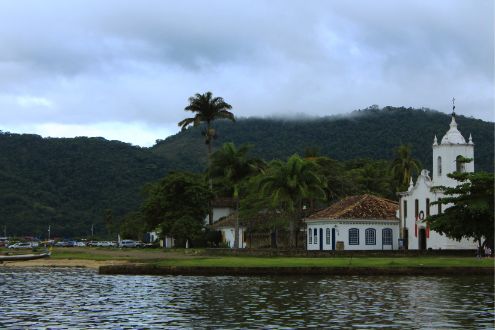
Image Credit: Renan Bolonha
The historic centre of Paraty is one of Brazil’s best-preserved coastal towns, located between the Serra de Bocaina mountain range and the Atlantic Ocean. Paraty itself has its original plan and colonial architecture from the 18th and 19th centuries, including a defence system to protect the wealth of the port and the town; it was an endpoint for the Gold Route when gold was shipped to Europe, as well as an entry point for tools and African slaves who worked in the mines.
Tourists will enjoy Paraty’s elegant, pedestrianised cobblestone streets lined with white, lattice-windowed buildings, set against a backdrop of jungled mountains and pretty, pristine coastal scenery. Once a month at high tide and full moon, the seawater rises for a short time to wash the city streets - an interesting part of the city’s original planning. The town enjoys numerous festivals including Bloco da Lama, a mud festival in February, FLIP, a literature festival in July or August, and the Festival da Pinga which celebrates the town’s sugarcane alcohol during the third week of August.
The UNESCO listing also covers four natural areas in the Brazilian Atlantic Forest. In terms of biodiversity, the area is rich; it’s one of the world’s five key biodiversity hotspots and is home to some threatened species, including the jaguar, the white-lipped peccary, and the wooly spider monkey. The Ilha Grande, formerly a leper colony and then a top-security prison, is now a tourist destination known for its beauty, rugged landscape and unspoilt beaches, as well as having a diverse ecosystem with the endangered red-ruffed fruitcrow, the maned sloth, and the broad-snouted caiman, to name but a few. From kayaking in the mangroves, waterfall visits and boat trips, to rainforest treks, snorkelling and beach tours, there is plenty for nature lovers to enjoy in the area.
Ancient Ferrous Metallurgy Sites, Burkina Faso
These sites in Burkina Faso date back to the 8th century and include about fifteen standing, natural-draught furnaces, furnace structures, mines, and traces of dwellings. The site at Douroula contains the oldest evidence of iron production found in the country. The values and traditions of the blacksmiths have descended to today’s communities; the blacksmiths perpetuate ancestral rites and social practices which give them an important role in their communities.
Budj Bim Cultural Landscape, Australia
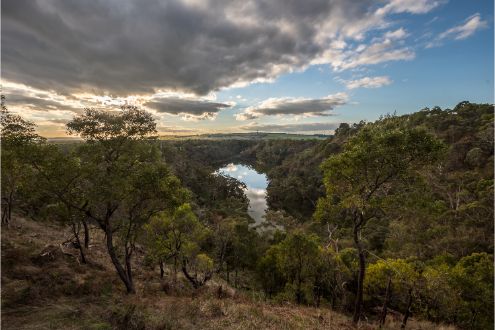
Image Credit: cafuego
Located in south-eastern Australia between Melbourne and Adelaide within the traditional country of the Gunditjmara Aboriginal people, the landscape of Budj Bim National Park consists of one of the world’s most extensive and oldest aquaculture systems. The lava flows from the extinct volcano of Budj Bim itself provide the basis for a system of channels, weirs and dams developed to trap, store and harvest the short-finned kooyang eel all year round, which has served as an economic and social base for Gunditjmara society for six millennia.
Churches of the Pskov School of Architecture, Russia
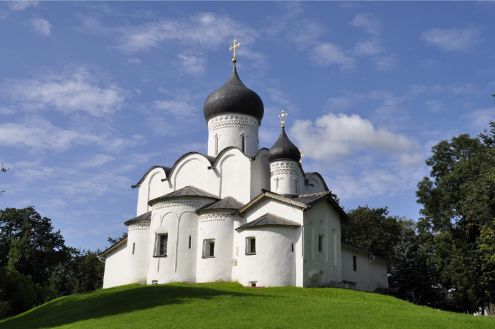
These edifices are located in the historic city of Pskov in the northwest of Russia, just 12 miles from the Estonian border and around 300 km from St Petersburg (reachable by a daily train). Their characteristics include cubic volumes, domes, porches and belfries, and some of these elements date back to the 12th century. Inspired by Byzantine and Novgorod traditions, the architecture reached its peak in the 15th and 16th centuries and informed the evolution of Russian architecture over five centuries.
Aside from the churches, sights within easy reach of Pskov include Izborsk, one of the most formidable fortresses of medieval Russia; the Monastery of the Caves, the oldest continuously functioning monastery in Russia; and the family home of the poet Alexander Pushkin, who is buried in the Holy Mountains nearby. To visit within Pskov itself, the Pskov Kremlin includes remains of the 13th century city turned into an open-air museum, the Pskov Museum which hosts a large collection of silver, art and religious icons, and the Cathedral of the Transfiguration of the Saviour which now functions as a museum.
The 20th century Architecture of Frank Lloyd Wright, USA
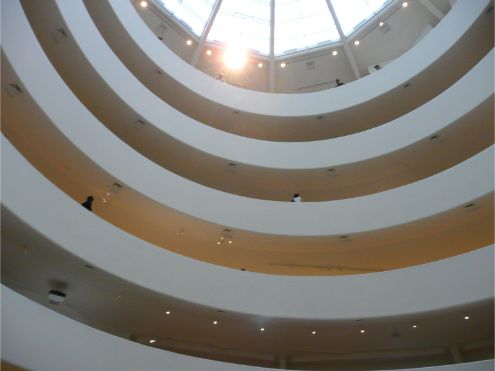
Image Credit: angela n.
This UNESCO listing covers eight buildings across the United States, including the Guggenheim Museum in New York, which were designed by Frank Lloyd Wright during the first half of the 20th century. The buildings, whether for housing, work, or leisure, reflect organic architecture and blur the boundaries between exterior and interior, using unprecedented materials such as steel and concrete. The work from this period impacted upon the development of modern architecture in Europe.
Writing-on-Stone / Áísínai'pi (Canada)
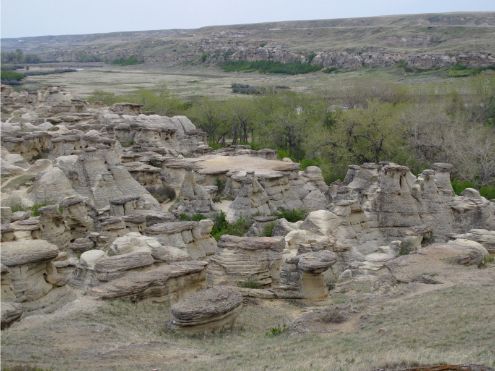
Image Credit: tuchodi
The final new UNESCO listing is located on the Great Plains of North America, on the border between Canada and the USA. The Milk River Valley dominates the landscape, which has a concentration of pillars (hoodoos); these are columns of rock sculpted by erosion into spectacular shapes. This land is sacred to the Blackfoot people, who left engravings and paintings on the sandstone walls, which bear testimony to messages from Sacred Beings.
The park offers rock art tours throughout the summer to learn more about the meanings behind the writings, some of which are thought to be over 5000 years old, and indeed some areas of this Alberta park are only accessible when accompanied by a guide. The site offers special significance this year, 2019, which the United Nations has declared the International Year of Indigenous Languages.
Title Image Credit: Rosanetur (Image Cropped)